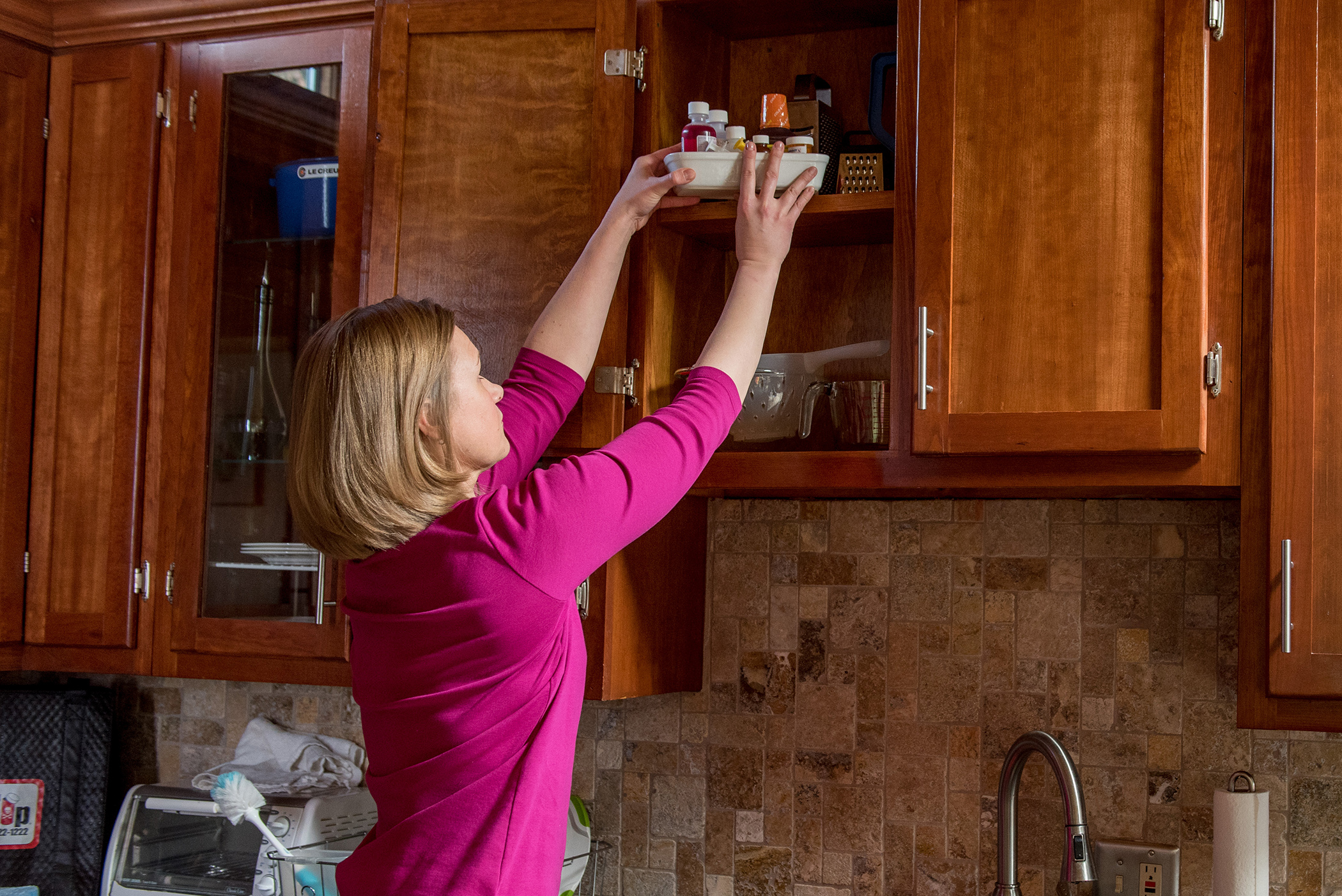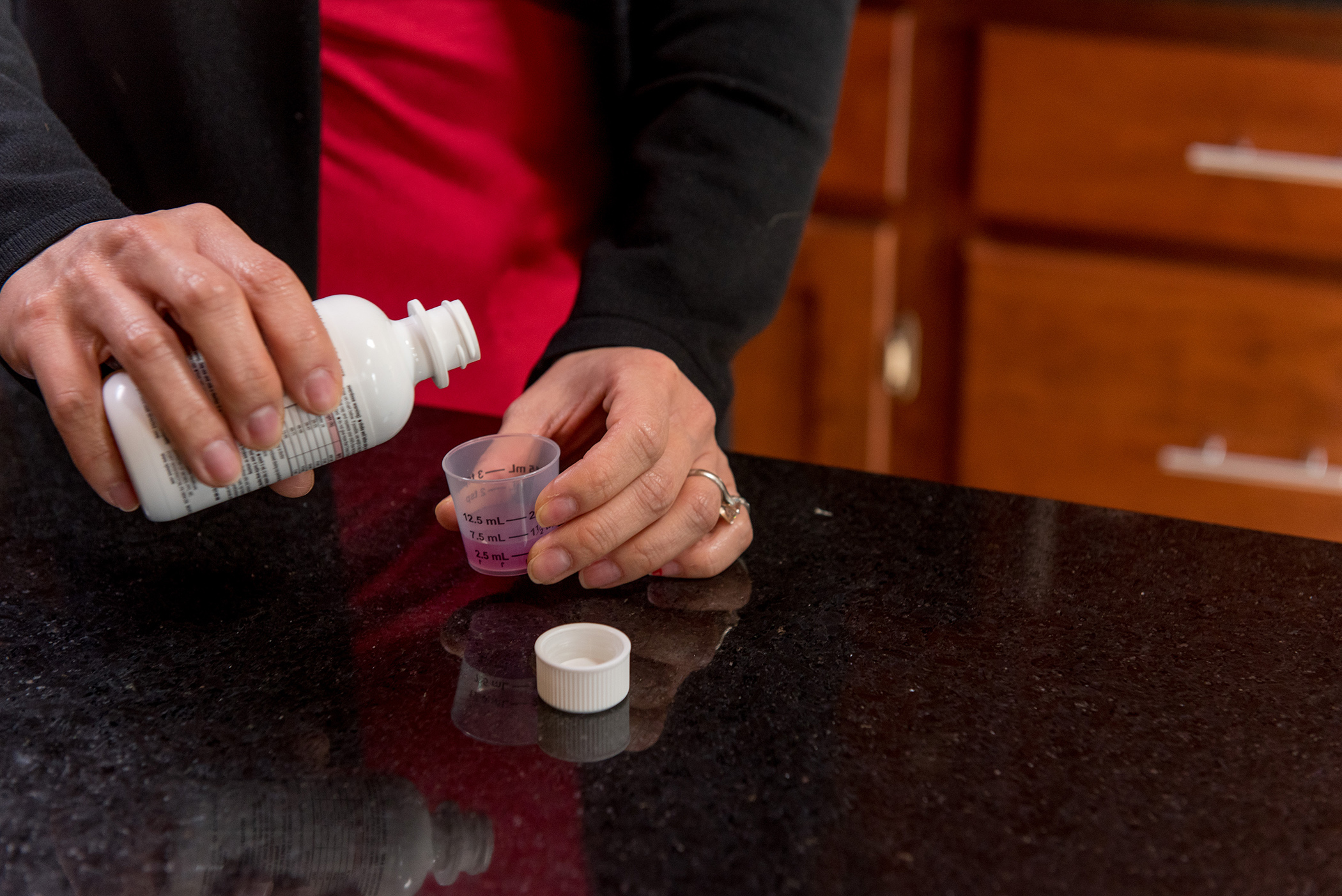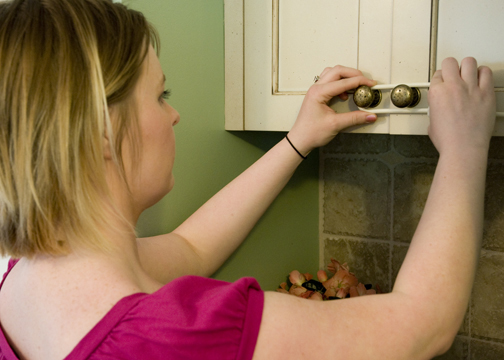Medicine-Related Poisonings
Medications, prescriptions and vitamins are an important part of our health routines. They support the maintenance of health conditions and promote wellness. Used in the wrong way, by the wrong person or in the wrong amount, medications can be harmful leading to injury and death. Poison centers treat accidental and intentional medication-related toxic exposures every day. Learn more about the medications in your home and how to use, store, and dispose of them safely to keep your family safe.
Call the poison center if you suspect an accidental exposure or intentional overdose of medication. We have specialists available to take your call 24 hours a day, 7 days a week at 1-800-222-1222.
Medicine Safety
Prescription Medicine Safety
Medication errors are a common reason that people call the poison center. Common mistakes include: taking the wrong medication, taking too much medication, and mistakenly giving the wrong medication to some else in the household. Several things can be done to prevent these common mistakes.
Prescription medication safety tips:
Store each person’s medication in a distinct manner. At a glance, a lot of prescription bottles look the same. This can lead to people mixing up each other’s medication and accidentally taking another person’s medication. Create a system that helps you separate each person’s medications. Systems will vary from person to person. For example, families with children in the home often have different needs than those who don’t. Come up with a system that will help you best differentiate between yours and other people’s medications in your household. This could be storing medications in a separate bin or container for each person, getting a pill minder, having a color-coding system, etc.
Use a pill sorter. This can be a useful tool to help prevent accidentally taking a double dose of medication. A pill sorter will allow you to organize all of your medications for each day. Care should be used to prevent children’s access to a pill minder as they often lack child resistant lids.
Store prescription medication in a secure location, out of the reach of children. Children can often get into prescription medications, even if they have the “child-proof” cap on. To ensure safety, consider investing in a lock box or storing the medication high up where children can’t reach. Do not rely on the “child resistant” label to stop children from getting into your medications. The poison center has seen children as young as eight months old get past those lids! See our section on safe storage for more information.
Don’t share or borrow medication. Prescription medications are meant for you and you alone. Giving them to someone they are not meant for can be a serious safety concern. Not only is it dangerous, but also illegal. If you believe you are in need of prescription medication, schedule an appointment with a doctor to talk about your health concerns.
Keep an updated list of all of your medications. Having an updated list of your medications, including vitamins and supplements, can be very helpful to your healthcare providers in the event of an emergency. Let family know where you keep the list and keep it up to date. The poison center is often contacted about drug reactions and side effects – it is helpful when we have an updated and reliable drug list to work from!
Safely dispose of any medications you are no longer taking. Having old medications in the household can put people at risk for taking something that is expired or not meant for them. See our section on safe disposal for instructions on how to safely dispose of old or unused medication.
Avoid storing any medications in the bathroom. Steam from showers can moisten tablets and render them unusable. Make sure you store your medications in a cool, dry area and read the label to educate yourself on any special storage requirements.
Don’t stop any prescription medication without consulting your doctor. Some medications need to be slowly and safely tapered off to avoid adverse events when stopping. If you feel that you are taking a medication you don’t need, always consult with your doctor or pharmacist before stopping.
Take your medication at the same time each day. Incorporating it in a regular daily routine will make it easier to avoid mistakes, like taking the same medication twice. However, if you make a mistake, please don’t hesitate to call the poison center. We are happy to help!
OTC Medicine Safety
A doctor’s prescription is not required to purchase over-the-counter (OTC) medications. Despite their accessibility, they are still drugs that can be misused like any other prescription medication and should be treated as such. Approximately 10,000 kids under the age of 18 visit emergency departments every year due to errors from self-administering OTC medications.1 The best way to avoid misuse of an OTC product is to read and understand the “Drug Facts” label, which can answer several important questions. Before taking or giving any OTC medication, ask yourself the following questions:
What are the active ingredients in this product?
Many OTC products include more than one ingredient. Always refer to the label to avoid taking more than one OTC medication with the same active ingredient. A common example of this is Tylenol®. The active ingredient in Tylenol® is acetaminophen. Acetaminophen is also listed as an active ingredient in Excedrin®, Midol®, and nearly every type of cold medication. Acetaminophen can also be included as a component of some prescription medications (e.g., Norco® and Percocet®). Because of this, it is easy to end up taking the same medication without even knowing it which could lead to accidental overuse.
Does this medication interact with any of my prescriptions?
Some OTC medications can interact with prescription medications. Always consult with your doctor or pharmacist before combining OTC medications with your prescriptions.
What is this medication used for?
Always refer to the indication or “use” section for each medication to make sure it is the right one to treat your symptoms. If you only have one symptom (for example, a cough), don’t choose a combination product that treats many different symptoms. Some cold and allergy medications will include three or more active ingredients in one product to treat each individual symptom.
How should I be taking this medication?
The directions will indicate the amount or dose of medicine to take, how often you can take it, and the maximum amount you can take each day. It is important to note that some dosing can vary. Confirm your dose with your physician if they recommended a specific product.
Are there any specific warnings regarding the use of this medication?
Always refer to the warnings section on the label to find out when the medication should not be used, when to consult a doctor or pharmacist, information regarding possible drug interactions, and what side effects can occur. If this information is not listed (it can be absent on some supplements) or if you have major medical conditions talk with your pharmacist.
- “Over-the-Counter Medication Safety” American Association of Poison Control Centers (AAPCC). https://aapcc.org/prevention/over-counter-medicine-safety
Vitamin & Supplement Safety
Vitamins and supplements should be treated the same way as prescription and over-the-counter medications in the household. How to handle your vitamins and supplements safely:
Consult your doctor or pharmacist before starting a new vitamin or supplement.
Just like any other medication, vitamins and supplements have the potential to interact with prescriptions and change the way they work in the body. For example, there are several medications that will not work as well when taken together with St. John’s Wort. Ginkgo supplements can interfere with blood thinners. It is important to make your providers aware before you start taking any new vitamins or supplements.
Store vitamins and supplements in a secure location out of the reach of children.
Several vitamins come in a form that look like candy to children. Gummy vitamins look and taste like gummy candies. Iron tablets might look like M&Ms®. Because of this, children that get ahold of them are likely to consume a large amount. These can be toxic in large overdoses and should be stored properly to reduce access.
Unlike in Europe, vitamins and supplements are NOT regulated by the US government.
Because of this, you can never be 100% sure that the product in the bottle actually contains what is listed on the label. There have been reports in the past of dietary supplements having been spiked with prescription drugs, most commonly those marketed for bodybuilding, sexual enhancement, and weight loss. This is another reason it is important to consult a healthcare professional before trying any of these products.
Medicine safety at home
Protect children in your household and those who visit
Medication safety is critical to protecting children from accidental exposure. Their size, developmental stage, and mouthing behaviors put them at special risk for consuming unsecured medicines. Medicine can look like candy to a child. Flavoring may make it especially appealing if a child gets ahold of it. Remember, children are fast and they can climb.
Prevent childhood exposure to medications in the home by storing medication up and away and out of sight of children every time. Medication should be stored in a location that is out of reach and locked up if possible. A locking cabinet or use of a child safety cabinet lock on the cabinet used to store medications are great methods for protecting children in your home.
Medicine safety tips:
- Designate a single location for all medication to be stored in the home that your child cannot reach. As you know, children can climb. Keep this in mind when finding a storage location. Ideally, this is a lockable cabinet, box or bag.
- Always replace the bottle's cap using the child resistant safety cap on prescription bottles. Child resistant does not meet child-proof. These safety caps are designed to make it more difficult for small children from opening the bottle, not prevent them from opening it.
- Never call medicine "candy" when giving medicine to a child. Make sure they know from an early age medicine is only given by an adult.
- Read the medicine label each time you give medicine to make sure the right amount is being given at the right time.
- Leave the tablespoon in the kitchen. Use a syringe or dosing spoon to give the correct amount of liquid medication to children.
- Keep medicine in the original package/bottle. Re-packaging can lead to dosing errors. It is also important to reference ingredients, dose information, and quantity of medication if you ever have to contact the poison center.
- Be mindful of visitors and guests who may come to your home with medication in purses and suitcases. Provide visitors a safe place to store medications while in your home.
- Looking for a medication lockbox or locking bag? Visit Tom Sargent Safety Center at Doernbecher Children's Hospital to find what you need.
- Learn more about safe storage of medicine and other potentially poisonous substances.
Medicine safety resources:
- Learn more about safe medicine storage by visiting the Up and Away Campaign.
- Read more about medicine safety and children from our partners at Safe Kids Worldwide.
Dispose of unwanted, unneeded and expired medicine
Properly disposing of unwanted, unneeded or expired prescription and over-the-counter medications reduces the risk of accidents, prevents misuse and abuse and supports a healthy environment. Practicing regular disposal of these medicines means fewer drugs in the home and less risk of accidents and unwanted use by those living and visiting your home.
Most medicine can be safely disposed of at an authorized drug-take-back location or collection site. Many police departments and pharmacies now offer year-round collection. The DEA coordinates with local communities in two community-based drug take-back events during the National Drug Take Back campaign in April and October. See our search tools below for more information and locations.
Learn more about how to properly dispose of old, unused, or expired medication from the FDA.


